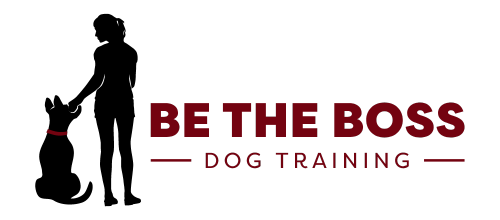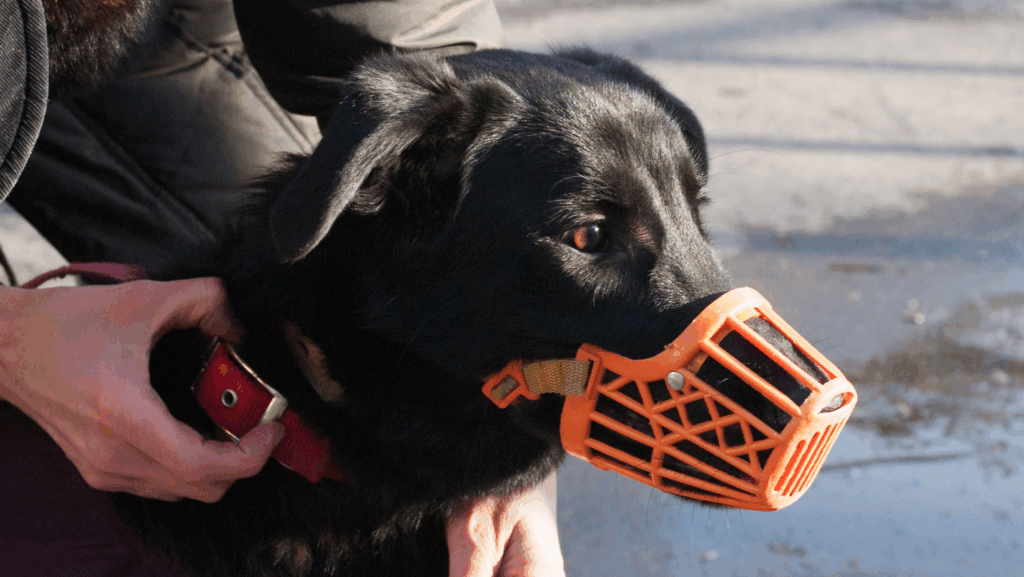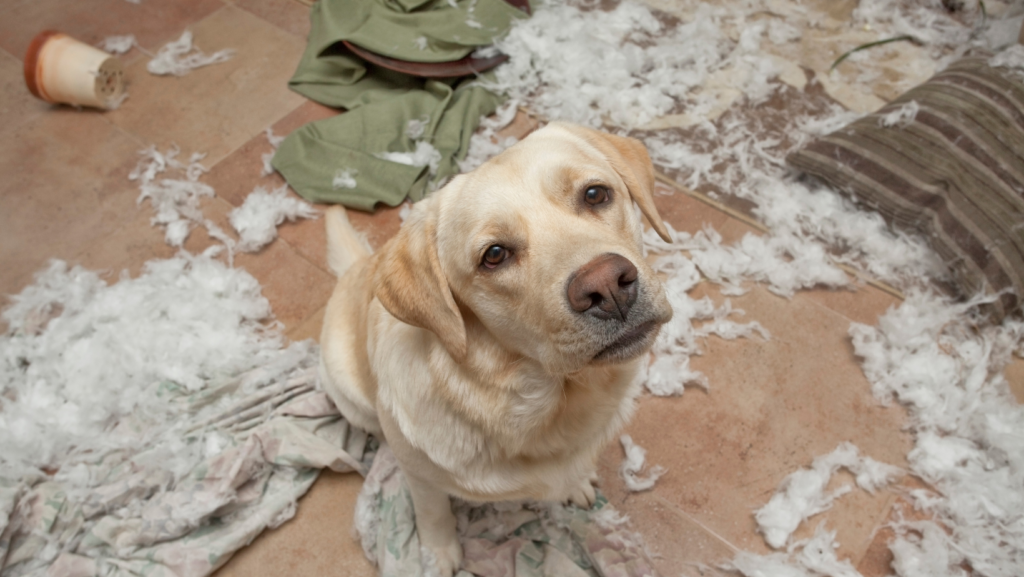Okay, okay. This title is a little click-baity. But it leads to a phrase I hear all the time. “Do you think my dog was abused when they were little?”
This question comes after explaining that their dog is afraid of men, barks at big dogs, or has massive anxiety in the crate. And while I do not discount that some dogs are abused they are not the majority of the case. In fact, they are such a small percentage of cases that most of us have never seen an abused dog in our lifetime.
So then, what leads to all this anxious, aggressive and anti-social behavior?
Lack of structure and too much affection. Let me say that again… lack of structure and too much affection. What does lack of structure look like? Freedom to roam the house unattended, being left alone in the backyard, going to your family’s house and letting the dog interact freely and run up to whoever and whatever they want.
What does too much affection look like? Laying on the couch and hugging and petting them, letting them sleep on the bed with you, letting everyone around you touch and pet your dog.
So now that you know what behaviors are detrimental to your dog…what should you be doing with a dog that is misbehaving?
Here are a 3 tips to get started. This will not solve all of your problems but it is a great place to start until you are ready for some formal training
- Crate your dog when they are in the house. Unless you are taking your dog potty, on a walk, or having designated play time they should be crated
- Keep a leash on your dog at all times when out of the crate. Having a leash on your dog allows you effective communication and removes the accidental reinforcement of bad behavior.
- Watch your affection! No petting, hugging, kissing or high pitched voices. This type of affection solely benefits the human.
Dogs do not express affection this way. If you want to give your dog affection make them earn it. Teach them tricks or teach them obedience work and reward for good behavior.
If you think your dog has been abused most likely it has not. Most likely, the case is that the dog is running free around the house, being petted all the time and allowed to sleep on the bed, and not being crated when you leave the house.





